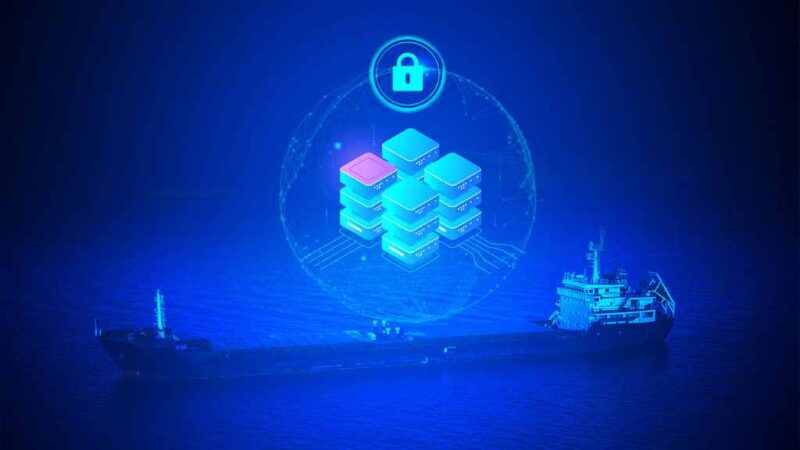Maritime operations rely on the seamless exchange of critical data across vessels, offshore platforms, and onshore offices. Effective file synchronization plays a pivotal role in ensuring operational efficiency, safety, and compliance. This article delves into the technologies and best practices that empower maritime file synchronization, addressing the unique challenges posed by the industry’s environment.
The Maritime Data Challenge
The maritime sector faces distinct challenges in data management:
- Limited Connectivity: Vessels often operate in areas with intermittent or low-bandwidth connectivity, making real-time synchronization difficult.
- Data Volume: Operations generate vast amounts of data from navigation, sensor readings, machinery logs, and administrative documents.
- Data Security: Sensitive information, such as cargo manifests and crew data, requires robust security measures.
- Regulatory Compliance: Adherence to international regulations necessitates accurate and auditable data records. Conflict in the workplace can arise when these regulations are not followed.
Technologies Powering Maritime File Synchronization
Several technologies have emerged to address the maritime data challenge:
- Store-and-Forward Synchronization: This approach involves storing data locally on vessels or platforms until a stable connection is established, then transmitting it in batches. This minimizes the impact of intermittent connectivity.
- Compression and Deduplication: These techniques reduce the size of data to be transmitted, optimizing bandwidth usage. Deduplication eliminates duplicate data, ensuring efficient storage.
- Peer-to-Peer (P2P) File Sharing: P2P technology enables direct data exchange between vessels or platforms, bypassing the need for a central server. This can be particularly useful in remote areas.
- Cloud-Based Synchronization: Cloud platforms offer scalable storage and synchronization capabilities. Data can be accessed from anywhere with internet connectivity, facilitating collaboration and decision-making.
- Delta Synchronization: Instead of transmitting entire files, delta synchronization sends only the changes made since the last update. This significantly reduces bandwidth consumption.
Best Practices for Maritime File Synchronization
Implementing best practices ensures optimal file synchronization in maritime environments:
- Prioritize Critical Data: Identify and prioritize data that is essential for safety, compliance, and operational efficiency. This ensures that critical information is synchronized first when bandwidth is limited.
- Optimize Synchronization Schedules: Schedule synchronization during periods of stable connectivity or when data usage is low. Consider using intelligent scheduling algorithms that adapt to network conditions.
- Implement Robust Security Measures: Employ encryption, access controls, and data integrity checks to safeguard sensitive information. Regularly update security protocols to address emerging threats.
- Monitor and Analyze Synchronization Logs: Maintain detailed logs of synchronization activities to identify issues, track data usage, and ensure compliance with regulatory requirements.
- Choose the Right Technology: Select the most suitable technology based on your operational needs, connectivity constraints, and budget. Consider hybrid approaches that combine different technologies for optimal performance.
- Train Personnel: Ensure that crew and shore-based personnel are trained in the use of synchronization tools and understand data management protocols.
Case Studies: Successful Maritime File Synchronization Implementations
Several maritime organizations have achieved significant benefits through effective file synchronization:
- Maersk Line: Implemented a cloud-based synchronization platform to streamline data exchange across its global fleet, improving operational efficiency and reducing administrative overhead.
- Shell: Deployed a hybrid synchronization solution that combines store-and-forward, delta synchronization, and cloud storage to ensure reliable data transfer in offshore environments.
- DNV GL: Developed a data synchronization platform for classification surveys, enabling surveyors to access and update vessel data in real time, improving accuracy and reducing the need for manual data entry.
The Future of Maritime File Synchronization
The maritime industry is poised to embrace further advancements in file synchronization:
- 5G Connectivity: The rollout of 5G networks will offer faster and more reliable connectivity, enabling real-time synchronization and the adoption of data-intensive applications like augmented reality and remote maintenance.
- Edge Computing: Processing data closer to the source (e.g., on vessels or platforms) will reduce latency and bandwidth requirements, enhancing the efficiency of synchronization.
- Artificial Intelligence (AI): AI-powered algorithms can optimize synchronization schedules, predict data usage patterns, and identify anomalies for proactive troubleshooting.
Conclusion
Effective file synchronization is essential for modern maritime operations. By leveraging the right technologies and adhering to best practices, maritime organizations can overcome the unique challenges of their environment, ensuring seamless data exchange, improved operational efficiency, and enhanced safety and compliance.


